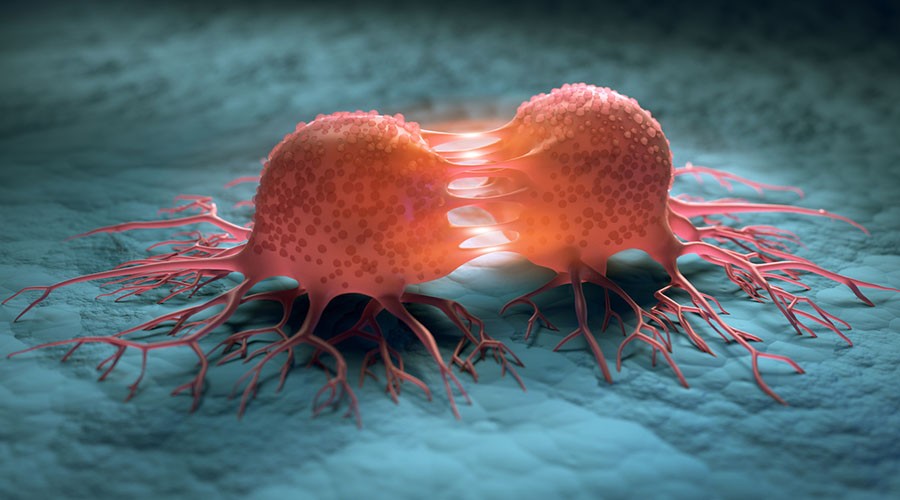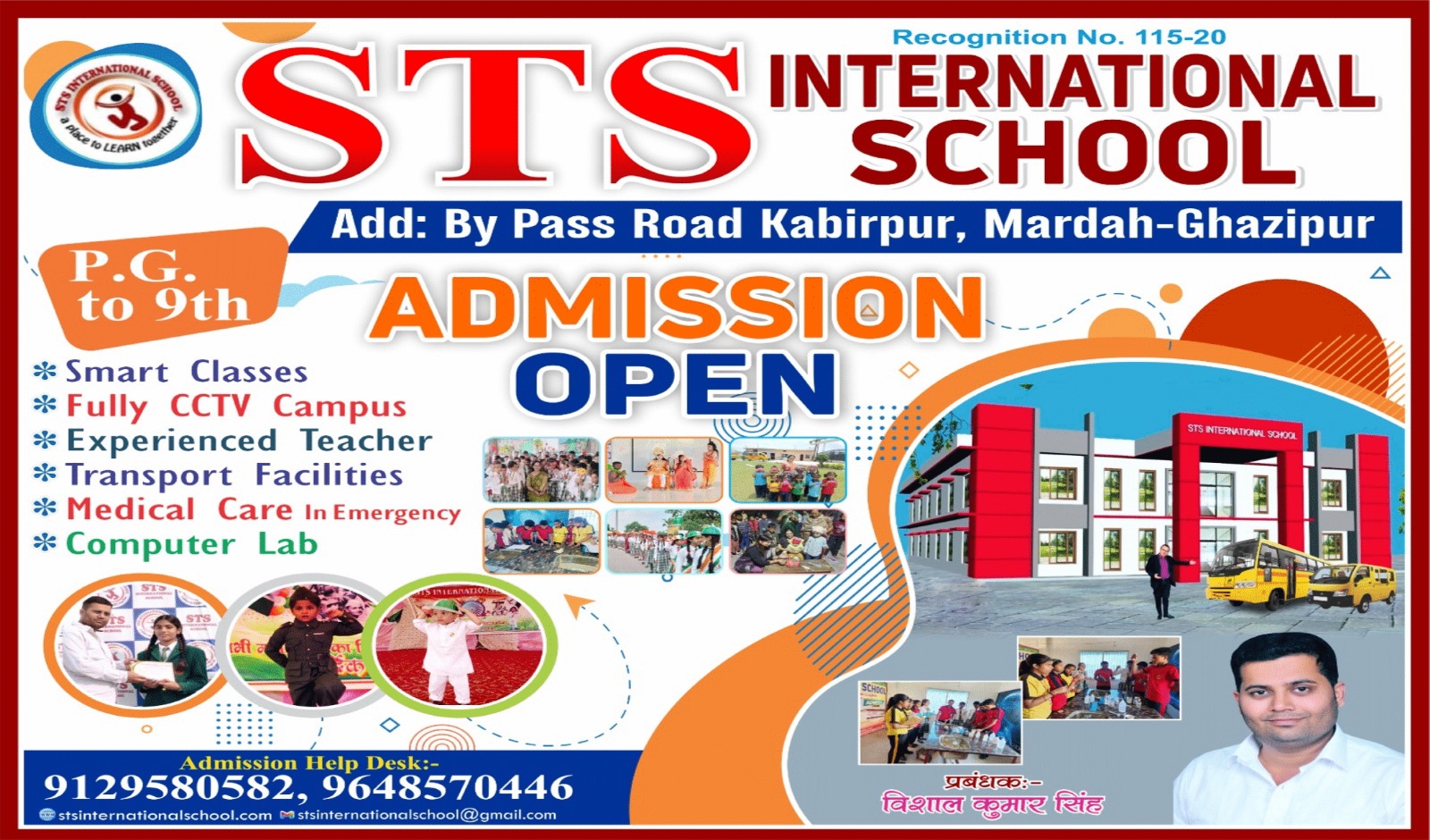
Cancer remains one of the most significant health challenges worldwide, affecting millions of lives each year. Defined by the uncontrolled growth and spread of abnormal cells, cancer can manifest in various parts of the body, presenting diverse symptoms and outcomes. However, amidst its complexity, there are crucial steps individuals can take to reduce their risk and promote early detection.
What is Cancer?
Cancer arises from mutations in genes that regulate cell growth and division. These mutations can be caused by genetic factors, environmental exposures (such as tobacco smoke, UV radiation, and certain chemicals), or a combination of both. The disease can develop slowly over years or manifest rapidly, depending on the type and aggressiveness of the cancer cells.
Prevention Strategies
- Healthy Lifestyle Choices:
Tobacco and Alcohol: Avoiding tobacco in any form and moderating alcohol consumption significantly reduce cancer risk, particularly for lung, mouth, throat, liver, and breast cancers.
Diet: A diet rich in fruits, vegetables, whole grains, and lean proteins can lower the risk of several types of cancer. Limiting processed meats and foods high in saturated fats is also advisable.
Physical Activity: Engaging in regular physical activity not only helps in maintaining a healthy weight but also reduces the risk of breast, colon, and other cancers.
- Sun Protection:
Limiting exposure to ultraviolet (UV) radiation from the sun and tanning beds can prevent skin cancers like melanoma. This includes using sunscreen, wearing protective clothing, and seeking shade during peak sunlight hours.
- Vaccinations:
Vaccines such as those for human papillomavirus (HPV) and hepatitis B virus (HBV) can prevent infections that increase the risk of cervical, liver, and other cancers.
- Screening and Early Detection:
Regular screenings, such as mammograms, Pap smears, colonoscopies, and skin checks, can detect cancer at early stages when treatment is most effective.
- Environmental Awareness:
Minimizing exposure to carcinogenic substances in the workplace and community settings can lower the risk of occupational cancers, such as those related to asbestos, benzene, and certain chemicals.
The Importance of Awareness and Education
Public awareness campaigns play a crucial role in educating individuals about cancer risk factors, symptoms, and the importance of early detection. Understanding one’s family history and genetic predispositions can also guide personalized prevention strategies and screening schedules.
Conclusion
While cancer remains a formidable challenge, proactive steps can significantly reduce its impact on individuals and communities. By adopting a healthy lifestyle, protecting oneself from harmful exposures, and staying informed about screening recommendations, each person can contribute to lowering their risk of developing cancer and improving overall health outcomes.
As research continues to advance and awareness grows, the hope remains strong for continued progress in cancer prevention, treatment, and ultimately, finding a cure.















